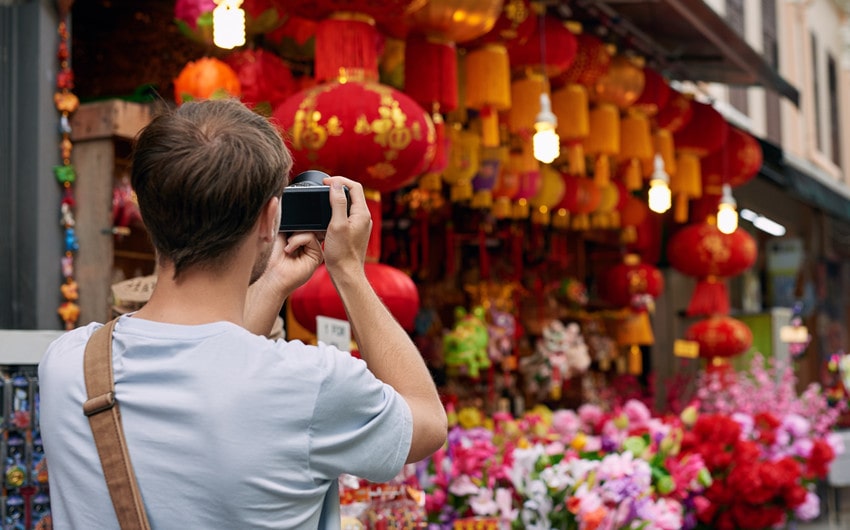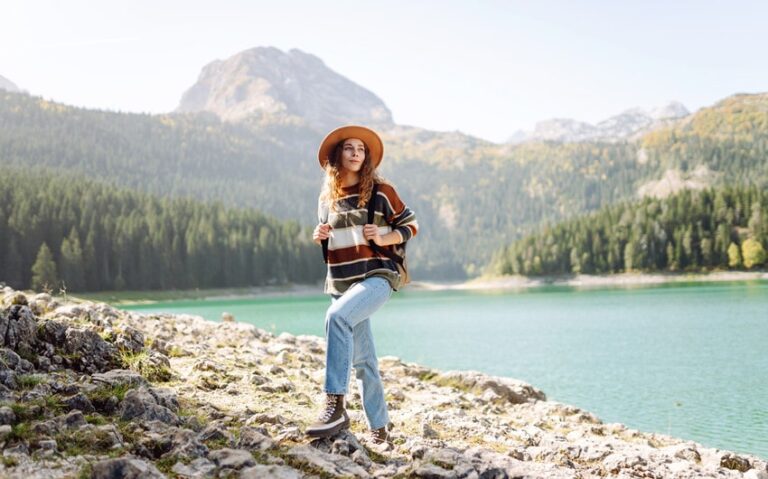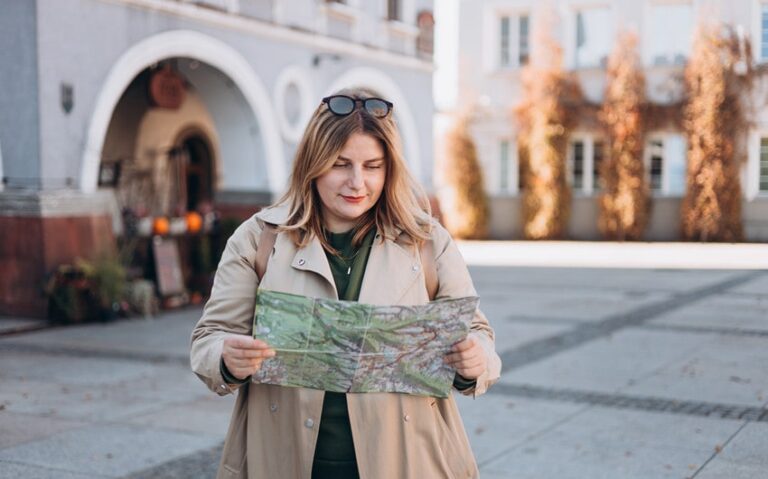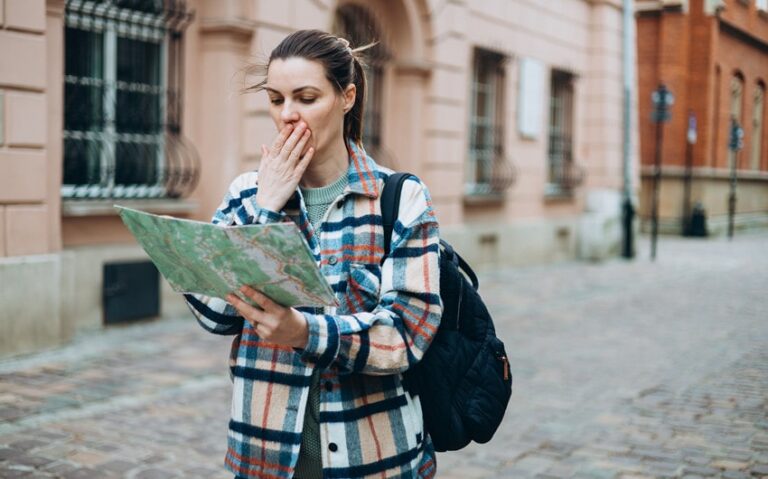How Exploring New Cultures Unlocked My Creativity
I used to get stuck in the same creative patterns, trying the same tricks and expecting new results. Everything shifted when I started traveling and really paying attention to how other people live, think, and create.
Whether it was a conversation in a café abroad or watching street artists halfway across the world, these moments quietly sparked something new in me. That’s when I realized how exploring new cultures unlocked my creativity—not in big, obvious ways, but in everyday moments that changed how I see and express ideas.
The Connection Between Culture and Creativity
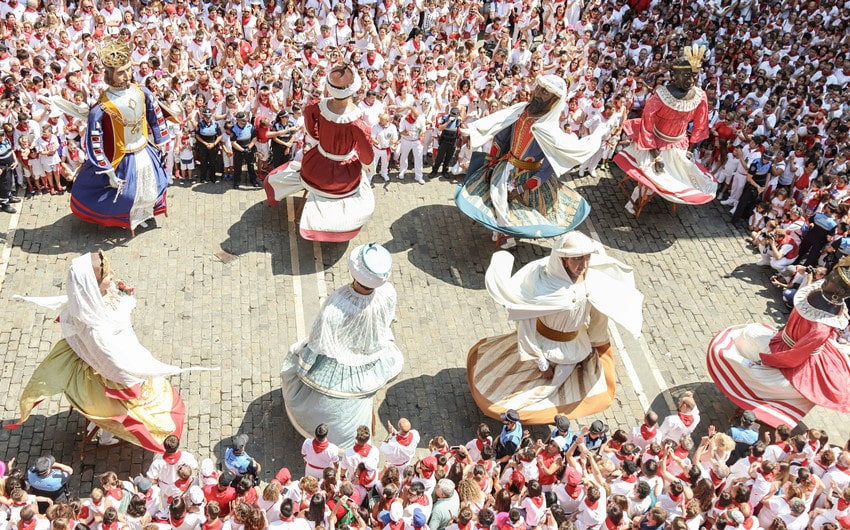
Creativity doesn’t happen in a vacuum—it’s shaped by what we see, feel, and experience. For a long time, my environment was familiar, even comfortable, but also creatively limiting. It wasn’t until I began stepping into new cultures that I saw just how much our surroundings influence the way we think.
Every culture has its own rhythm, its own way of solving problems, telling stories, and expressing emotion. From the colors people wear to the way they design their homes or prepare meals, these choices are all rooted in culture—and they spark different ways of thinking.
Being exposed to such variety pushed me to question my own routines and assumptions. It helped me break out of predictable patterns and start seeing creative possibilities in everyday things. Culture, I learned, is not just about tradition; it’s also a playground for new ideas.
Encounters That Changed My Perspective
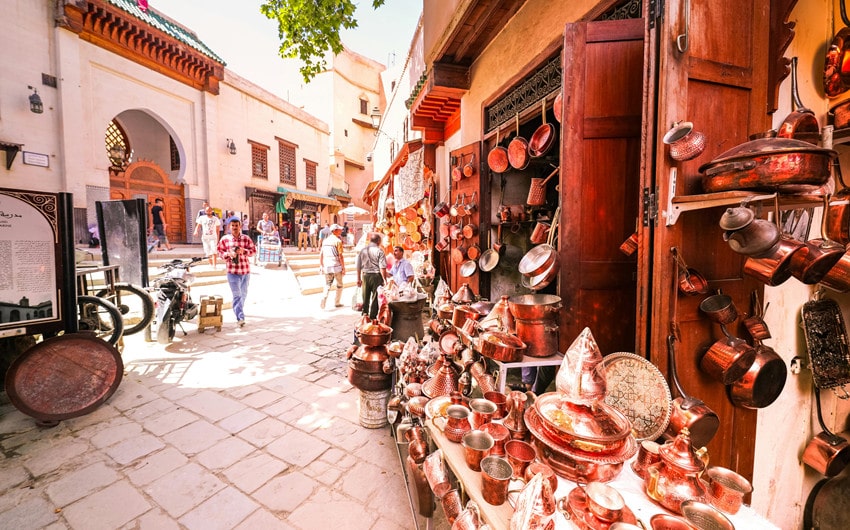
Some of the most powerful shifts in my creativity didn’t come from books or courses—they came from real-life moments in unfamiliar places.
I remember standing in a quiet workshop in a village in northern Thailand, watching a group of women hand-weave fabrics using looms older than I was. The process was slow, steady, almost meditative. What struck me most was how their work wasn’t just about making something beautiful—it was a form of storytelling, patience, and pride.
As someone used to rushing toward deadlines, I began to rethink my relationship with time and process. Creativity, I realized, isn’t always about speed or output. Sometimes, it’s about being present and allowing space for ideas to unfold.
Another encounter that left a deep impression was in Morocco. I wandered through a bustling souk in Marrakech, completely overwhelmed at first by the swirl of colors, patterns, scents, and noise. But then, something shifted. I stopped trying to make sense of it all and just absorbed the moment.
That chaos had its own harmony. From that experience, I learned that not everything creative needs to be clean and minimal—sometimes richness, contrast, and even messiness are what make something truly original.
In Japan, I was invited to a tea ceremony that lasted nearly two hours. Every movement was intentional, every silence held meaning. It was unlike anything I’d experienced before. That moment taught me about restraint and subtlety—how powerful the smallest details can be in a creative process.
Even conversations with fellow travelers from different backgrounds shaped the way I think. Listening to how someone from a completely different part of the world solves problems, tells jokes, or sees beauty—it shifted my own lens. These moments didn’t just entertain or surprise me; they slowly rewired how I process the world, and by extension, how I express myself creatively.
Each encounter may have seemed small at the time, but together, they formed a mosaic of new perspectives—ones I carry with me into every project, idea, and creative challenge.
Lessons Learned About Creativity
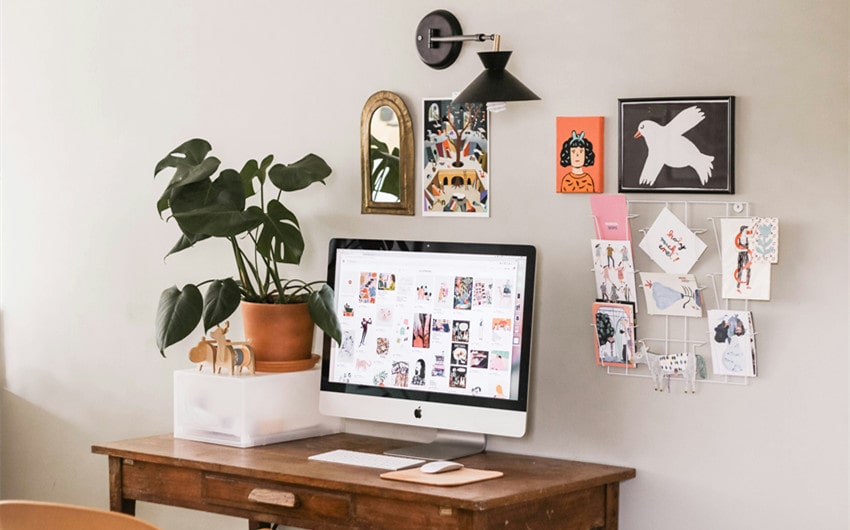
If there’s one thing I’ve come to understand, it’s that creativity isn’t just a skill—it’s a way of seeing. And the more I exposed myself to new cultures, the more that view widened. I used to think creative ideas had to be original in a vacuum, but I’ve learned that creativity is often about connection—linking experiences, emotions, and observations in ways that feel new and meaningful.
One powerful lesson was the value of stepping outside what’s familiar. When I’m in my comfort zone, I tend to think in loops—safe, predictable thoughts. But when I’m surrounded by new sights, languages, or customs, my brain wakes up. I ask questions. I pay attention. That awareness becomes fuel for creative thought.
Another lesson was learning to embrace contrast and contradiction. Different cultures showed me there’s no single “right” way to express something. Some places celebrate boldness and color; others value simplicity and silence. Both are equally powerful. That opened me up to experimentation and letting go of rigid ideas about what creative work “should” look like.
Most importantly, I’ve learned that empathy is at the heart of creativity. When you see how others live, struggle, celebrate, and dream, you gain a deeper understanding of people—and creative work that touches others usually starts from that kind of understanding.
How I Continue to Stay Culturally Curious
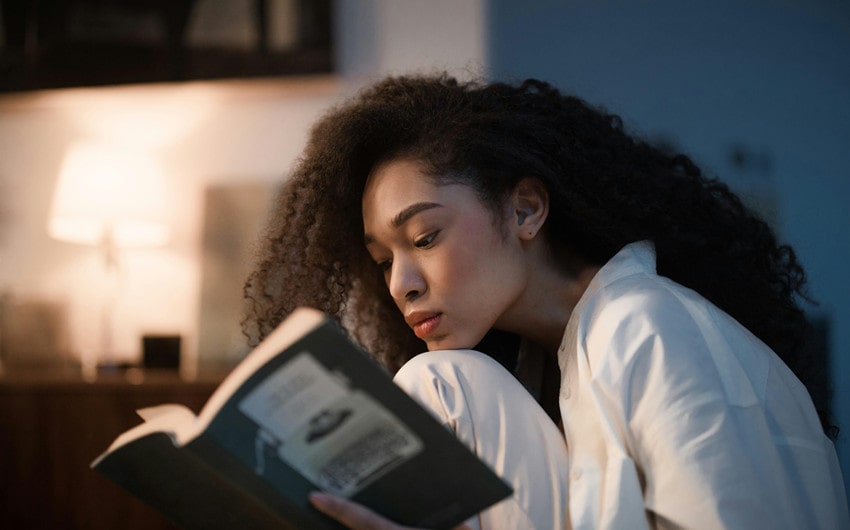
You don’t have to be traveling constantly to stay connected to other cultures. Over time, I’ve found small but meaningful ways to keep that sense of curiosity alive in everyday life.
One of my favorite habits is reading books by authors from different countries—stories, essays, poetry. It’s like traveling through someone else’s perspective. I also try cooking dishes from places I’ve visited (or want to visit), which connects me to the flavors and stories behind them. Even something as simple as changing the kind of music I listen to opens up new emotional textures I hadn’t considered before.
Whenever possible, I attend local cultural events, art shows, or film festivals that celebrate different parts of the world. It reminds me that diversity exists all around me, not just across borders. And when I collaborate with people from different backgrounds—whether on creative projects or everyday conversations—it brings fresh energy to my thinking.
Being culturally curious isn’t just about consuming new things—it’s about staying open, asking questions, and listening with the intent to understand. That mindset keeps my creativity flexible, inspired, and rooted in something real.
